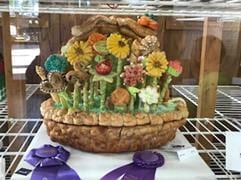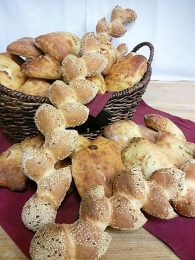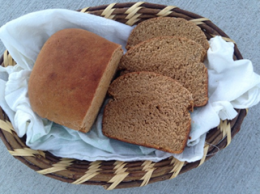
If you didn’t get the opportunity to host or enter the State Fair County Contest last year, here is another chance! Once again, the Kansas State Fair will partner with the Kansas Wheat Commission and offer the Bread Sculpture Contest where you can send your County Fair Winners to represent you at the State Fair with their amazing creations!
There are some great “dough” prizes available, but first you “knead” to enter. All entries MUST be pre-entered with the Kansas State Fair by August 15th to participate. This contest is offered by the Kansas State Fair Foods Department located in the Domestic Arts Building. This is where entries need to be received, will be judged, displayed and released from. A $1.00 handling fee, per exhibitor, is due at the time of entry.
Complete details can be found at www.rrc.k-state.edu/doc/judging/breadsculpture.pdf
Additional questions may be directed to: cfalk@kswheat.com or
nicole.jaskoski@ks.gov.



